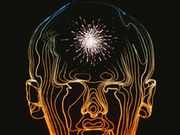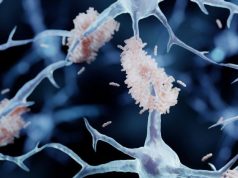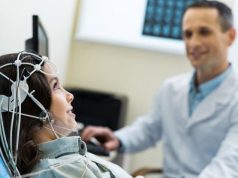Lower PTSD checklist-Civilian scores with rTMS of dorsomedial prefrontal cortex
MONDAY, Aug. 21, 2017 (HealthDay News) — Repetitive transcranial magnetic stimulation (rTMS) of the dorsomedial prefrontal cortex (DMPFC) seems to be beneficial for treatment of posttraumatic stress disorder (PTSD) in patients with eating disorders, according to research published online Aug. 16 in the International Journal of Eating Disorders.
D. Blake Woodside, M.D., from the University Health Network in Toronto, and colleagues presented a case series of 14 subjects with eating disorders and comorbid PTSD who received 20 to 30 neuronavigated DMPFC-rTMS treatments.
The researchers observed a reduction in the PTSD checklist-Civilian scores of 51.99 ± 27.24 percent overall (from a mean of 54.29 ± 19.34 to 24.86 ± 17.43 for before and after treatment). Eight of the 14 patients showed an improvement of more than 50 percent. There was an improvement in the Difficulties in Emotional Regulation Scale scores of 36.02 ± 24.24 percent overall (from 140.00 ± 22.09 to 89.29 ± 38.31 for before and after treatment). Five of the 14 subjects achieved improvement of more than 50 percent.
“These data may suggest that DMPFC-rTMS could be helpful in the treatment of PTSD in some eating disorder patients,” the authors write.
Abstract
Full Text (subscription or payment may be required)
Copyright © 2017 HealthDay. All rights reserved.








